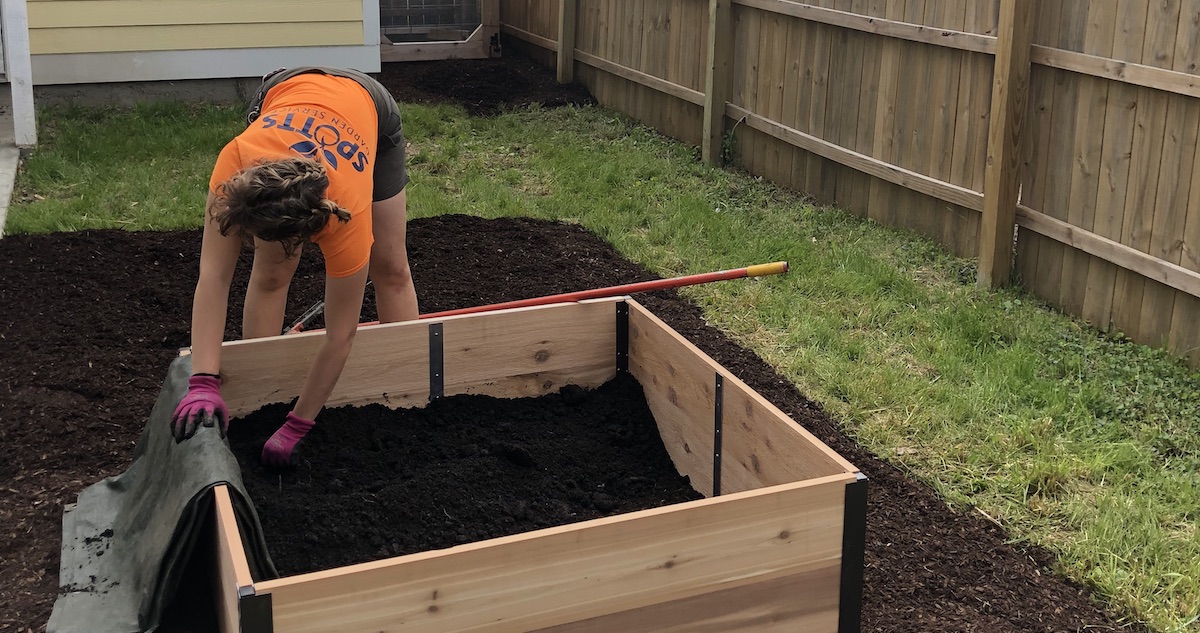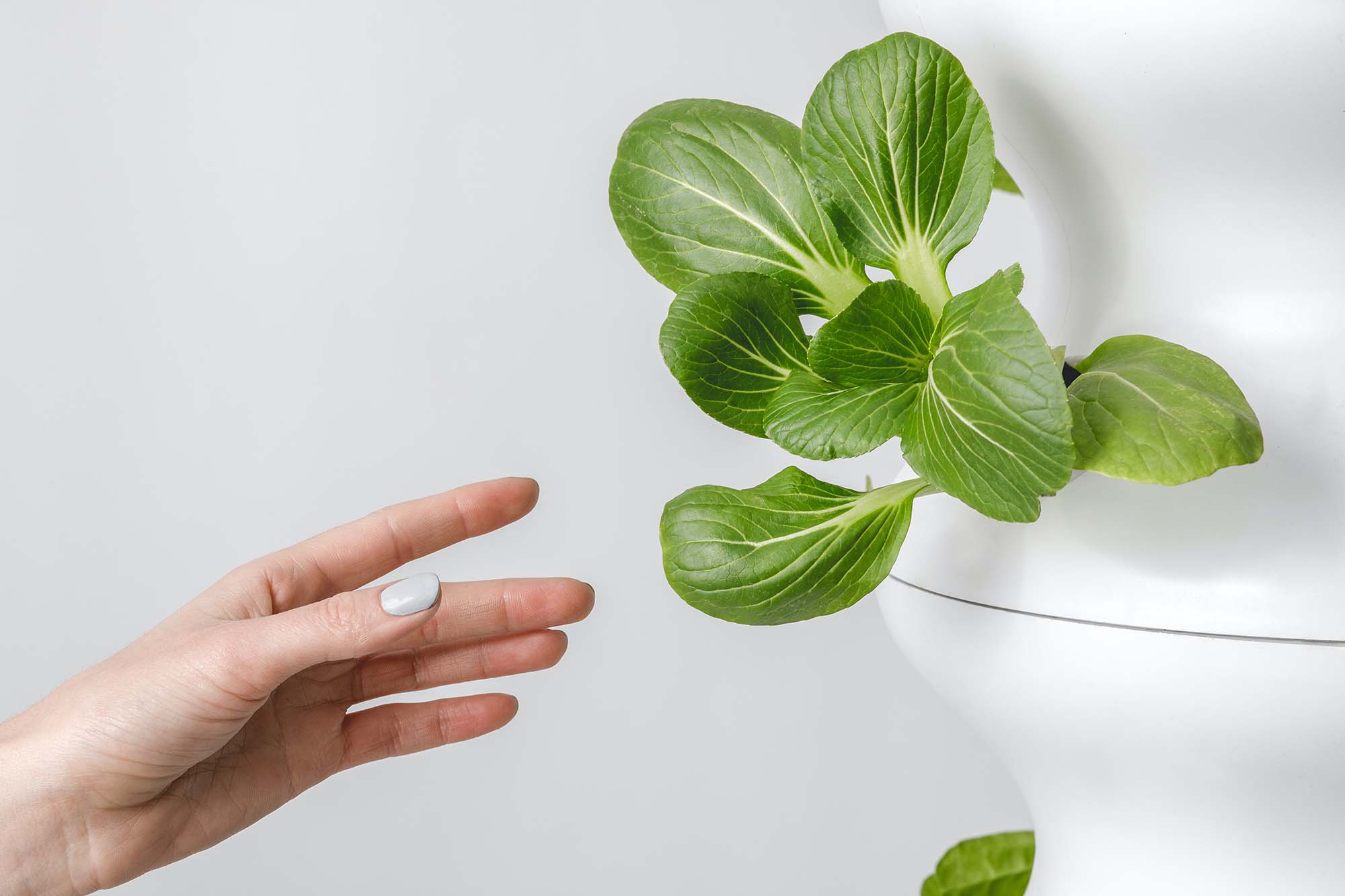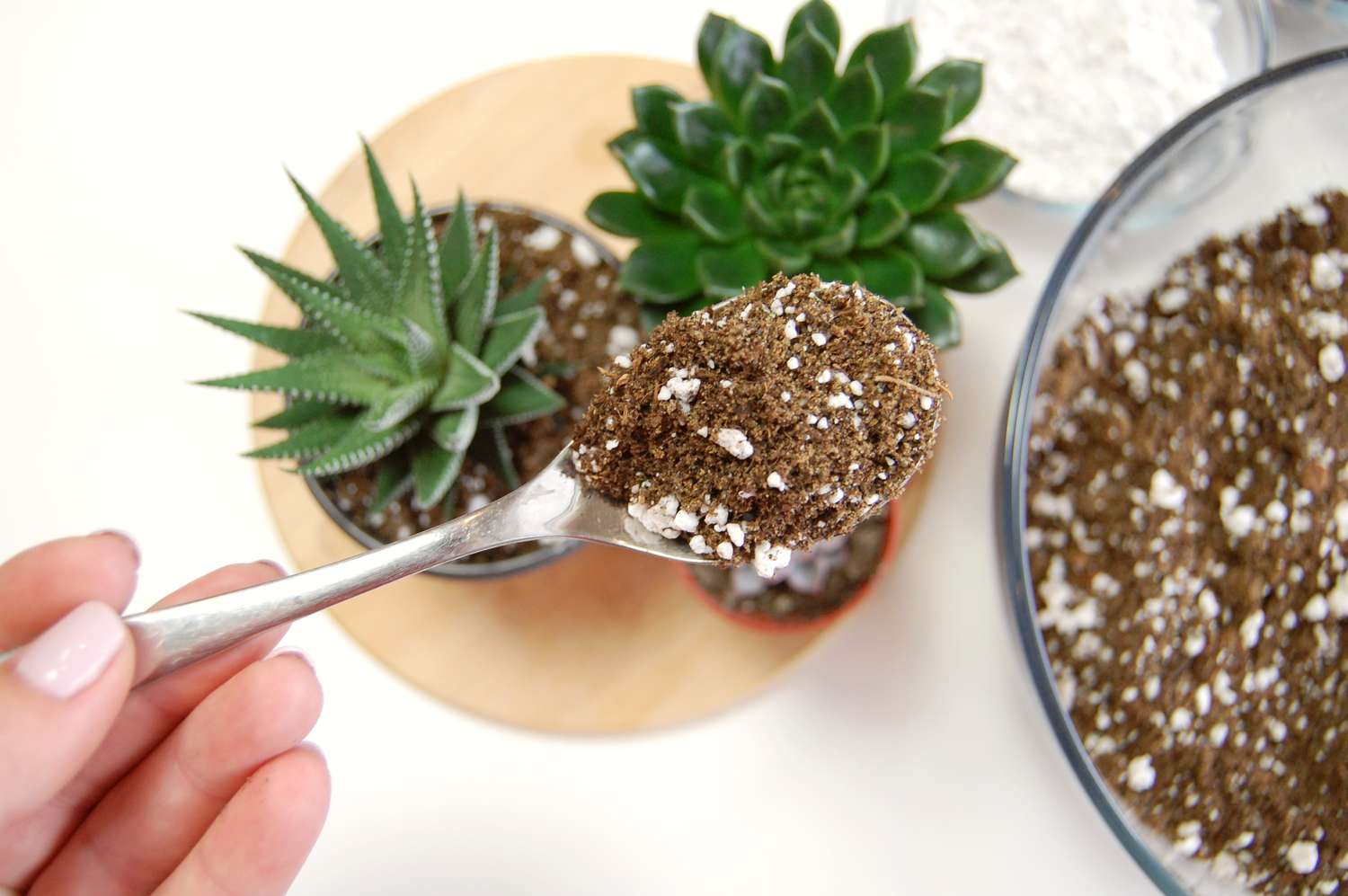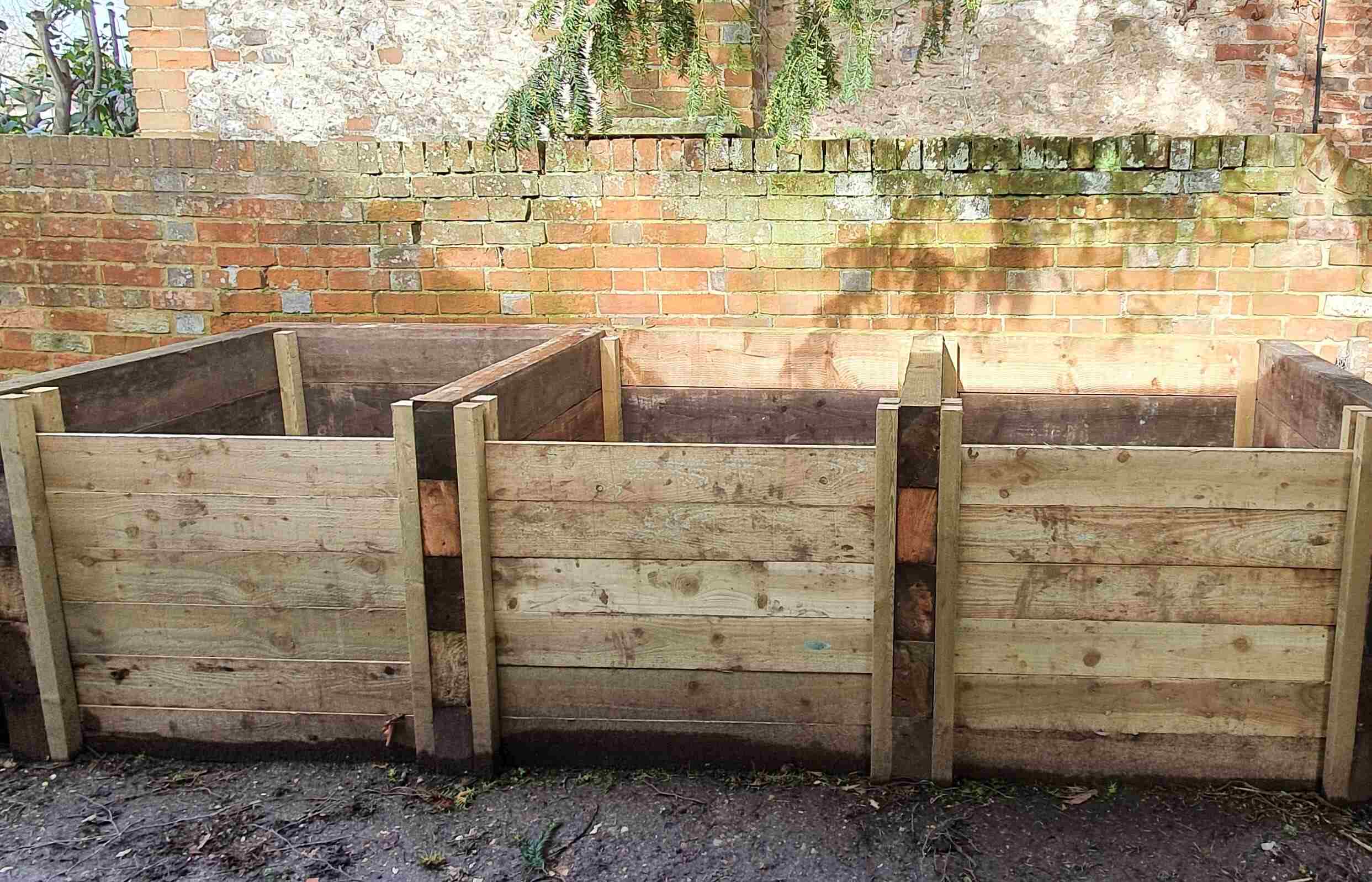Home>Gardening Tips and Tricks>Eco-Friendly Gardening>Aeroponics: How Big Of An Accumulator Do I Need


Eco-Friendly Gardening
Aeroponics: How Big Of An Accumulator Do I Need
Modified: January 22, 2024
Discover the benefits of eco-friendly gardening with aeroponics and find out how to determine the ideal size of an accumulator for your system. Optimize your gardening practices sustainably!
(Many of the links in this article redirect to a specific reviewed product. Your purchase of these products through affiliate links helps to generate commission for Chicagolandgardening.com, at no extra cost. Learn more)
Table of Contents
Introduction
Aeroponics, a cutting-edge method of cultivating plants without soil, has gained immense popularity among eco-conscious gardeners and urban agriculturists. This innovative technique involves suspending plant roots in a nutrient-rich mist, fostering rapid growth and optimal nutrient absorption. One crucial component of an aeroponic system is the accumulator, which plays a pivotal role in maintaining a consistent supply of the nutrient solution to the plant roots.
In this article, we will delve into the intricacies of aeroponics and explore the significance of the accumulator in this advanced growing method. By understanding the factors that influence the size of the accumulator, gardeners can make informed decisions to optimize their aeroponic setups. Let's embark on a journey to unravel the mysteries of aeroponics and shed light on the ideal accumulator size for thriving plant growth.
Aeroponics represents a paradigm shift in sustainable gardening, offering a water-efficient and space-saving alternative to traditional soil-based cultivation. As we navigate through the nuances of aeroponic systems, we will uncover the key considerations for determining the optimal accumulator size. Join us in this exploration of aeroponics, where innovation converges with environmental consciousness to revolutionize the way we nurture plant life.
Understanding Aeroponics
Aeroponics, a groundbreaking method of plant cultivation, harnesses the power of air and nutrient-rich mist to foster robust and rapid plant growth. Unlike traditional soil-based gardening or hydroponic systems, aeroponics suspends plant roots in a moisture-laden environment, allowing for direct exposure to oxygen, water, and nutrients. This unique approach not only promotes efficient nutrient absorption but also minimizes water usage, making it an eco-friendly choice for modern gardeners.
By leveraging aeroponic technology, gardeners can cultivate a wide array of crops, from leafy greens and herbs to fruit-bearing plants, in a controlled and resource-efficient manner. The absence of soil eliminates the risk of soil-borne diseases and pests, providing a clean and sterile environment for plant growth. Moreover, the aeroponic system’s ability to deliver nutrients directly to the roots fosters accelerated growth and higher yields, making it an attractive option for commercial and home-based gardeners alike.
As we delve deeper into the realm of aeroponics, it becomes evident that the accumulator, a critical component of the system, plays a pivotal role in ensuring a continuous and reliable supply of nutrients to the plant roots. Understanding the nuances of aeroponic cultivation and the intricate interplay between the accumulator, nutrient solution, and plant health is essential for maximizing the system’s efficiency and productivity.
Through this exploration of aeroponics, we aim to unravel the mysteries of this innovative growing method and illuminate the path toward sustainable and bountiful harvests. Join us as we embark on a journey to uncover the inner workings of aeroponic systems and gain insights into the optimal accumulator size for thriving plant cultivation.
Factors Affecting Accumulator Size
Several key factors influence the determination of the appropriate accumulator size in an aeroponic system, each playing a crucial role in sustaining optimal plant growth and nutrient delivery. Understanding these factors is essential for gardeners seeking to fine-tune their aeroponic setups and maximize the efficiency of their growing environments.
- Plant Species: Different plant species have varying nutrient requirements and root system sizes. Larger plants or those with extensive root structures may necessitate a larger accumulator to ensure adequate nutrient delivery.
- Growth Stage: The growth stage of the plants impacts their nutrient uptake. Young seedlings and mature plants have distinct nutrient requirements, influencing the necessary accumulator capacity.
- Nutrient Solution Concentration: The concentration of the nutrient solution directly affects the amount of solution delivered to the roots. Higher concentrations may require a larger accumulator to maintain consistent nutrient levels.
- Cycle Duration: The frequency and duration of nutrient delivery cycles impact the accumulator’s size requirements. Shorter cycles or higher frequency may necessitate a larger accumulator to sustain continuous nutrient supply.
- Environmental Conditions: Factors such as temperature, humidity, and airflow influence the rate of nutrient evaporation and absorption, affecting the sizing considerations for the accumulator.
By comprehensively evaluating these factors and their interplay within the aeroponic system, gardeners can make informed decisions regarding the optimal accumulator size, ensuring that plant nutrient requirements are met consistently throughout the growth cycle. The intricate balance between these variables underscores the dynamic nature of aeroponic cultivation and the importance of tailoring the accumulator size to suit the specific needs of the plants being grown.
As we navigate through the complexities of accumulator sizing, we gain a deeper appreciation for the precision and adaptability inherent in aeroponic systems. By considering these influencing factors, gardeners can fine-tune their aeroponic setups to create an optimal environment for robust plant growth and bountiful harvests.
Determining the Right Accumulator Size
Choosing the appropriate accumulator size for an aeroponic system involves a thoughtful assessment of various factors to ensure the efficient and sustained delivery of nutrients to the plant roots. By following a systematic approach, gardeners can determine the ideal accumulator size tailored to their specific cultivation needs.
Assessing Plant Requirements: Understanding the nutrient demands and root structures of the plants being cultivated is the foundational step in sizing the accumulator. Different plant species and growth stages necessitate varying nutrient levels and delivery rates, directly impacting the required accumulator capacity.
Calculating Nutrient Delivery: Determining the desired frequency and duration of nutrient delivery cycles aids in estimating the volume of nutrient solution needed to sustain plant growth. This calculation serves as a guiding factor in establishing the appropriate accumulator size to maintain consistent nutrient supply.
Considering Environmental Variables: Evaluating environmental conditions, such as temperature and humidity levels, is crucial in determining the rate of nutrient evaporation and absorption. These variables influence the sizing considerations for the accumulator, ensuring that nutrient delivery aligns with the plants’ requirements under specific environmental parameters.
Accounting for Growth Potential: Anticipating the growth potential of the cultivated plants enables gardeners to plan for future nutrient requirements. By factoring in the potential increase in root mass and nutrient uptake as plants mature, the accumulator size can be adjusted to accommodate the evolving needs of the growing plants.
Seeking Manufacturer Guidelines: Manufacturers of aeroponic systems often provide guidelines and recommendations for sizing the accumulator based on the system’s specifications and intended usage. Adhering to manufacturer guidelines can offer valuable insights into selecting the appropriate accumulator size for optimal system performance.
By integrating these considerations into the decision-making process, gardeners can methodically determine the right accumulator size for their aeroponic systems, fostering an environment conducive to robust plant growth and sustained nutrient delivery. This strategic approach empowers gardeners to tailor their aeroponic setups to the specific requirements of their cultivated plants, ultimately contributing to successful and bountiful harvests.
Conclusion
Embarking on the journey of understanding aeroponics and the critical role of the accumulator in this innovative growing method unveils a world of precision, sustainability, and abundant harvests. By comprehending the factors that influence accumulator size and employing a systematic approach to determine the optimal capacity, gardeners can elevate their aeroponic systems to new heights of efficiency and productivity.
Aeroponics, with its soilless and resource-efficient approach, represents a beacon of sustainability in modern agriculture. The utilization of nutrient-rich mist to nourish plant roots directly underscores the precision and effectiveness of this cultivation method. The accumulator, as a linchpin in this system, ensures a continuous and reliable supply of nutrients, fostering robust plant growth and maximizing yields.
As gardeners navigate the complexities of aeroponic cultivation, they are empowered to tailor their systems to the specific needs of the cultivated plants, accounting for factors such as plant species, growth stages, nutrient solution concentration, cycle duration, and environmental conditions. This meticulous approach enables them to fine-tune the accumulator size, creating an optimal environment for sustained and flourishing plant growth.
By embracing the dynamic nature of aeroponics and acknowledging the interconnectedness of various influencing factors, gardeners can harness the full potential of this cutting-edge growing method. The ability to determine the right accumulator size, rooted in thoughtful consideration and strategic planning, paves the way for a harmonious synergy between technology, sustainability, and bountiful harvests.
In essence, the journey of determining the optimal accumulator size in aeroponics encapsulates the spirit of precision, adaptability, and environmental consciousness. As gardeners continue to explore the frontiers of sustainable agriculture, the accumulator stands as a testament to the pivotal role of technology in nurturing plant life and fostering a greener, more abundant future.







